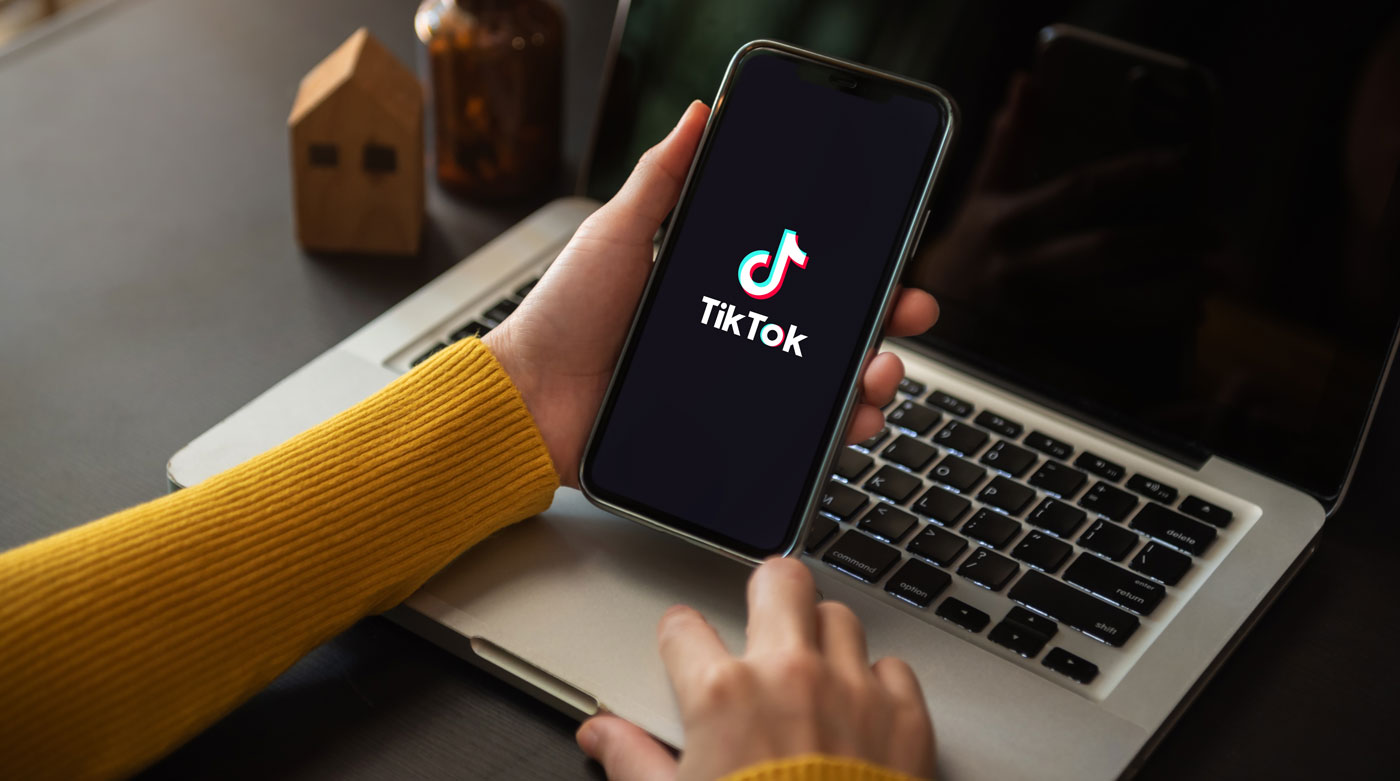When you’re busy running a business, it can be impossible to find time to be active on every social media outlet out there. Narrowing down your choice to just a select few platforms will allow you to focus your efforts and get the best return on your time investment. So how do you choose the best social media platform for your business?
Identify Your Audience
The first step is to identify who your audience is. Use your existing customer base as a starting point. If your customers spend most of their time on LinkedIn, setting up an Instagram channel wouldn’t help you much in reaching out to your target audience.
Defining your audience in as much detail as possible will help you pinpoint where they spend their time online. So, ask yourself the following questions:
- Who is your typical customer base?
- Which networks do they use the most?
- How old are they?
- Are they male or female?
- What kind of content do they interact with?
These questions are a great starting point in determining exactly which networks to use.
Look at What Platforms Your Competitors Are Using
While you shouldn’t do something just because a competitor is, it’s useful to see what others in your space are doing. Look at what platforms they are using, what is and isn’t working for them, and how engaged their audience is on those platforms. This will help you determine if these spaces may work for you.
Define Your Goals
Your primary goal as a business owner will most likely be to drive sales by attracting customers, but there are other creative ways to use social media. While some brands use social media to drive brand recognition and to develop friendly relationships with potential buyers, others use social media for customer support. When it comes to creating your social media goals, brainstorm a list of both common and unusual ways social media could work for your brand.
Find Your Audience
Now it’s time to find your audience. To do this, you’re going to determine which platform your audience uses by looking at the demographics of the users on each platform and how active they are on those platforms.
Facebook is a great platform for building the loyalty of your existing customer base. The downside to Facebook is that it may be hard to reach a new audience due to its large population. As you assess Facebook as a potential platform, carefully consider your business goals. If you’re trying to acquire new business, Facebook might not be your best option, but if you’re building a dedicated following of clients and you need a way to keep in touch with them, this is a great option for your business.
Instagram is one of the fastest-growing platforms, especially among a young audience. Instagram relies on photos and videos for conversation. As a result, this platform works well for visual-based businesses, like art, food, retail, and beauty. Because it’s a growing platform, there’s less noise than Facebook. This means the platform is useful for generating new leads because you’ll reach a wider audience.
LinkedIn has the distinction of being the most utilized platform for older audiences. It boasts the largest users among ages 30-49. LinkedIn is also unique because it has a narrow focus. People use LinkedIn to search for jobs and to network professionally. As a result, the platform is useful for B2B (business-to-business) lead generation, general networking, as well as recruiting employees.
TikTok is known for its short-form videos. Like Instagram, TikTok is best for visual-based businesses like art, food, retail, beauty, and some service industries. TikTok has a very young demographic. The platform is useful for targeting the 18-24 age group and building brand awareness.
Twitter is an excellent platform to build awareness for your brand. Twitter utilizes the hashtag, which organizes conversations around a word or phrase. By searching hashtags, you can learn what people are talking about so you can craft your tweets to take part in popular conversations. Why would you do this? Because Twitter can offer insight into what topics are trending, Twitter is often used by news outlets to find stories. Since Twitter is often used to provide real-time updates to an audience, many brands combine Twitter with offline engagement, such as events.
YouTube boasts 2.3 billion users, its reach extends far past that. You don’t have to sign up to be a user to view content on YouTube. As a result, YouTube has become one of the biggest search engine platforms. Many of these searches are for “How To” videos. Service industry businesses that can offer this type of content work well on this platform, along with lifestyle and educational videos.
After you’ve selected your channels, it’s time to get started on planning, creating, and publishing your content. This can seem like a daunting task but luckily, Marketing Business Solutions is here to help. Our experienced team will determine which social media platforms are right for your business, create engaging content, and grow your audience to help your business thrive. Contact us today to get started.





